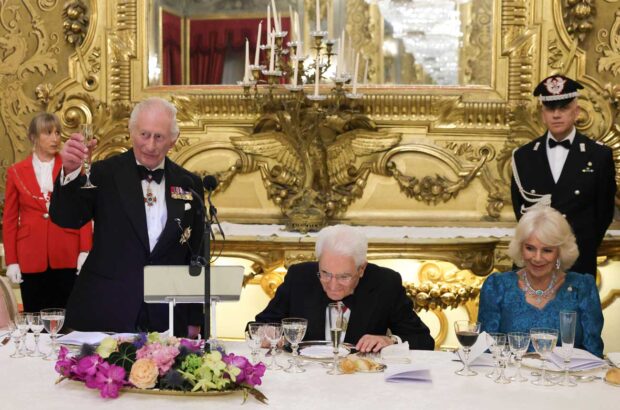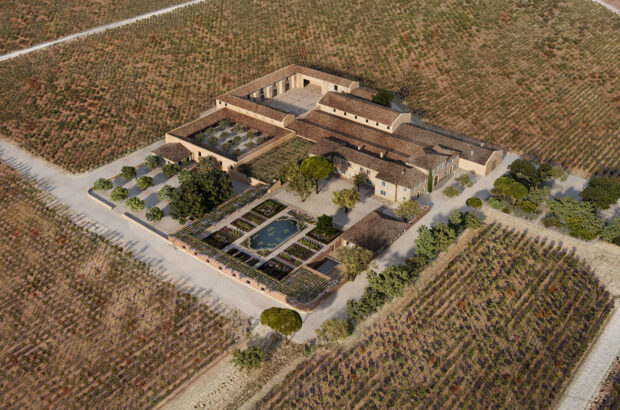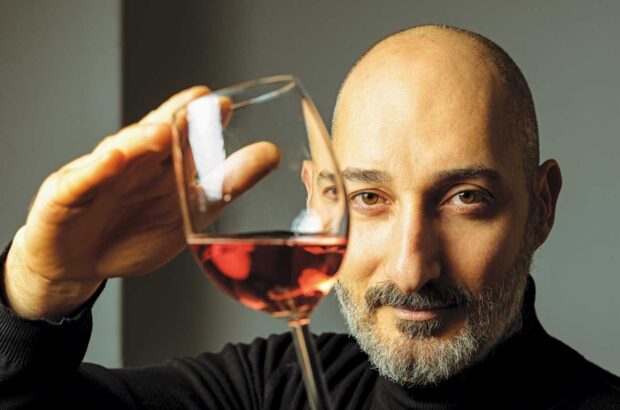The vineyards of Blaye are dotted throughout the area, interspersed with asparagus fields. The wines are traditionally crisper than those of Bourg, with a move towards a riper style.
The region of Blaye is more widespread and varied than neighbouring Bourg. Within a block of some 60,000ha (hectares) of mixed agricultural land, there are 6,000ha of vineyards scattered over three identifiable zones: around Blaye port to the west; near Saint-Ciers in the north; and south at Saint-Savin. If the terrain skirting Blaye has similar potential to Bourg, with a hilly topography and clay-limestone soils, other zones are more diverse. The land is flat and open, and the soils are made up of clay, gravel and sand. There are pockets that are interesting for white wines, and decent sites for reds, if properly managed. But interspersed are fertile areas and sandy stretches better suited to another speciality of the region – asparagus.
Although in the past white wine was its forte, Blaye is now overwhelmingly a red producer. Wines labelled Premières Côtes de Blaye are Merlot-dominated. Generally, the wines are crisper in style, with less weight and structure, than those of Bourg, though the last three or four years have seen a riper style emerge. The white wines are variously labelled Blaye, for those made from Ugni Blanc; Côtes de Blaye, for a limited production of Colombard; and the superior, Sauvignon-dominated Premières Côtes de Blaye. Having trailed behind Bourg for some time, Blaye has recently seen its progress take a quantum leap. The reasons behind this are varied, but include a younger generation taking the helm, new ownership and investment, technical expertise compensating for less amenable terroirs, and the realisation that good wines are produced in the vineyard, not the cellar.
https://www.decanter.com/wine/grape-varieties/ugni-blanc-white-52057/
In the vanguard, Pascal Montaut of Château Les Jonqueyres still produces finely honed wines. Parker-rated Château Bel Air la Royère leads the newer wave, with the likes of Mondésir-Gazin in pursuit. Bernard Magrez, owner of Château Pape Clément, has invested in Prieuré Malesan. And at Château Haut Bertinerie, the Bantegnies family continues to show a heavy commitment to the region. Having turned its 60ha vineyard over to the lyre system of trellising, it has recently invested t6 million on a new cellar complex featuring a winemaking facility, cellars for 1,000 barrels and the added storage capacity for 730,000 bottles.
The very latest stage in the quest for quality, though, has been the establishment in 2000 of a superior appellation – Blaye – for red wines. To comply, vineyards must be planted at 6,000 vines/ha, instead of the 4,500 for Premières Côtes de Blaye. Yields are down from 56hl/ha to 45hl/ha and the wine has to pass a second tasting commission at 18 months. It’s a commendable move, leaving the wines richer and more concentrated. But will yet another appellation just serve to confuse consumers?
https://www.decanter.com/features/bourg-and-blaye-value-further-afield-248813/







